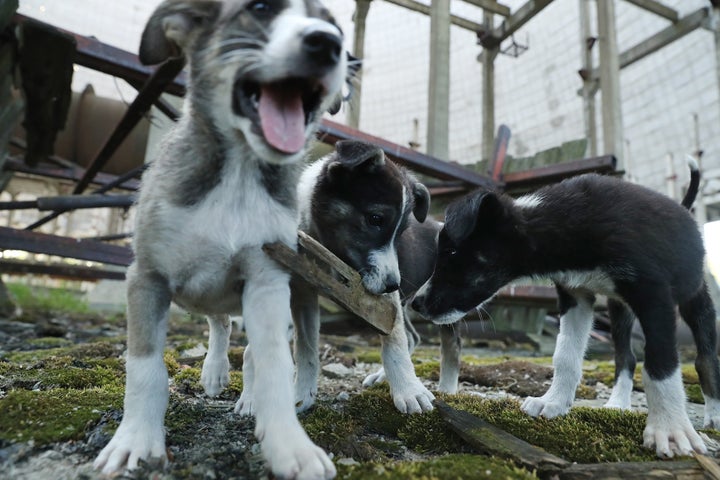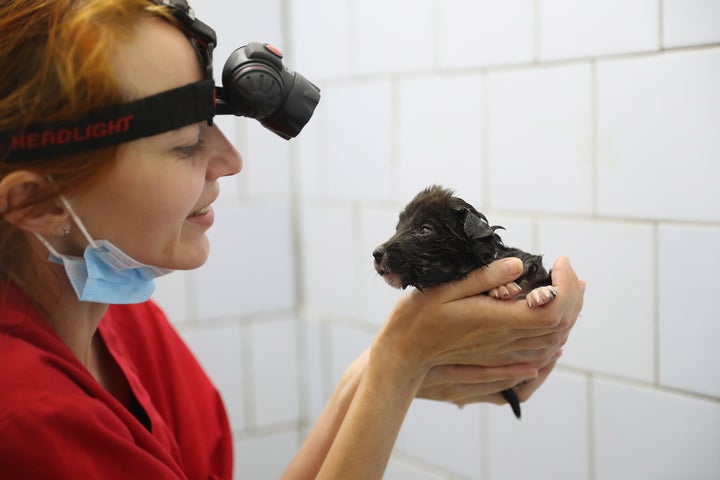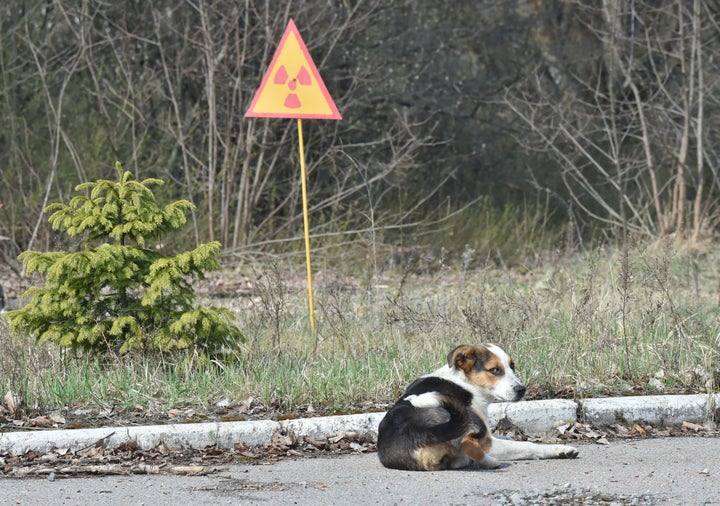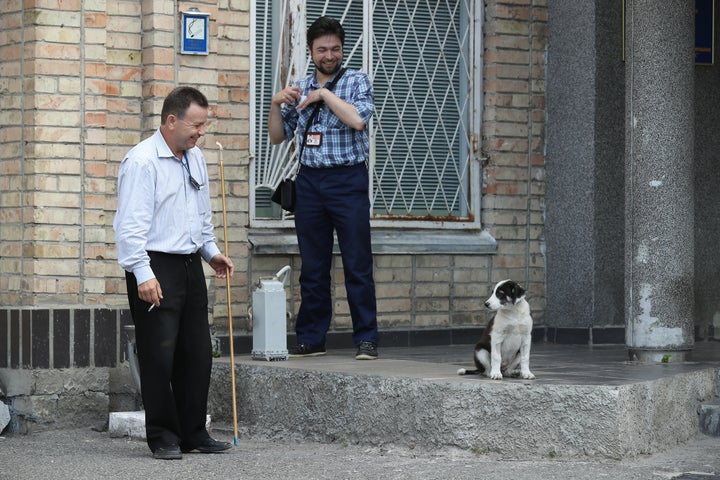Although the northern Ukranian nuclear powerplant had a meltdown in 1986 and over 1,000 square miles were abandoned because of radiation, dogs still lived there, and live there now. At least now, they're getting some help.
The Radioactive Puppies Of Chernobyl Are Finally Getting The Help They Need
The dogs are descendants of those left behind after the 1986 nuclear disaster.
To
avoid radiation exposure, humans are heavily restricted when it comes
to where they can go and what they can do within the exclusion zone. But
there’s no way to enforce those regulations on free-roaming canines.
“The rules of man mean nothing to the world of dog,” Hixson said. “They lay, they dig, they roll around, they drink puddles.”
The
result is dogs with radioactive particles on their fur and inside their
bodies — though researchers don’t know exactly how much.
Employees
at the plant technically aren’t supposed to interact with the dogs, but
many have grown strongly attached to the animals, feeding and playing
with them.
“Many
of these workers have adopted some of these dogs almost as pets,”
Hixson said, though they aren’t permitted to bring the dogs out of the
area.
Hixson
said there probably aren’t “immediate health hazards” related to
radiation from petting the dogs, though he would “definitely suggest
washing up afterwards.”
However,
the dogs pose another risk — rabies, which they can catch from
encounters with local wildlife. Rabies, which is fatal if untreated, is a
particularly scary threat in Ukraine, since the country depends on its
supply of human rabies treatment from Russia. After years of conflict, supplies are dwindling.
Vaccinating the dogs and shrinking the population via spaying and neutering will reduce the rabies risk, Hixson said.
Clean
Futures Fund’s work also involves trying to gauge just how much
radiation is present in the dogs’ bodies. The findings could open up the
possibility of Ukrainian officials allowing some of the dogs to leave
the exclusion zone and ultimately be adopted.
Regardless, Hixson said he hopes his group’s work will improve life for the area’s dogs and safety for the people around then.
“I
think there will always be a population of dogs in the area,” he said.
“But hopefully, we can get down to a manageable population where they
can have a good quality of life.”
You can learn more about the Dogs of Chernobyl initiative or donate here.






